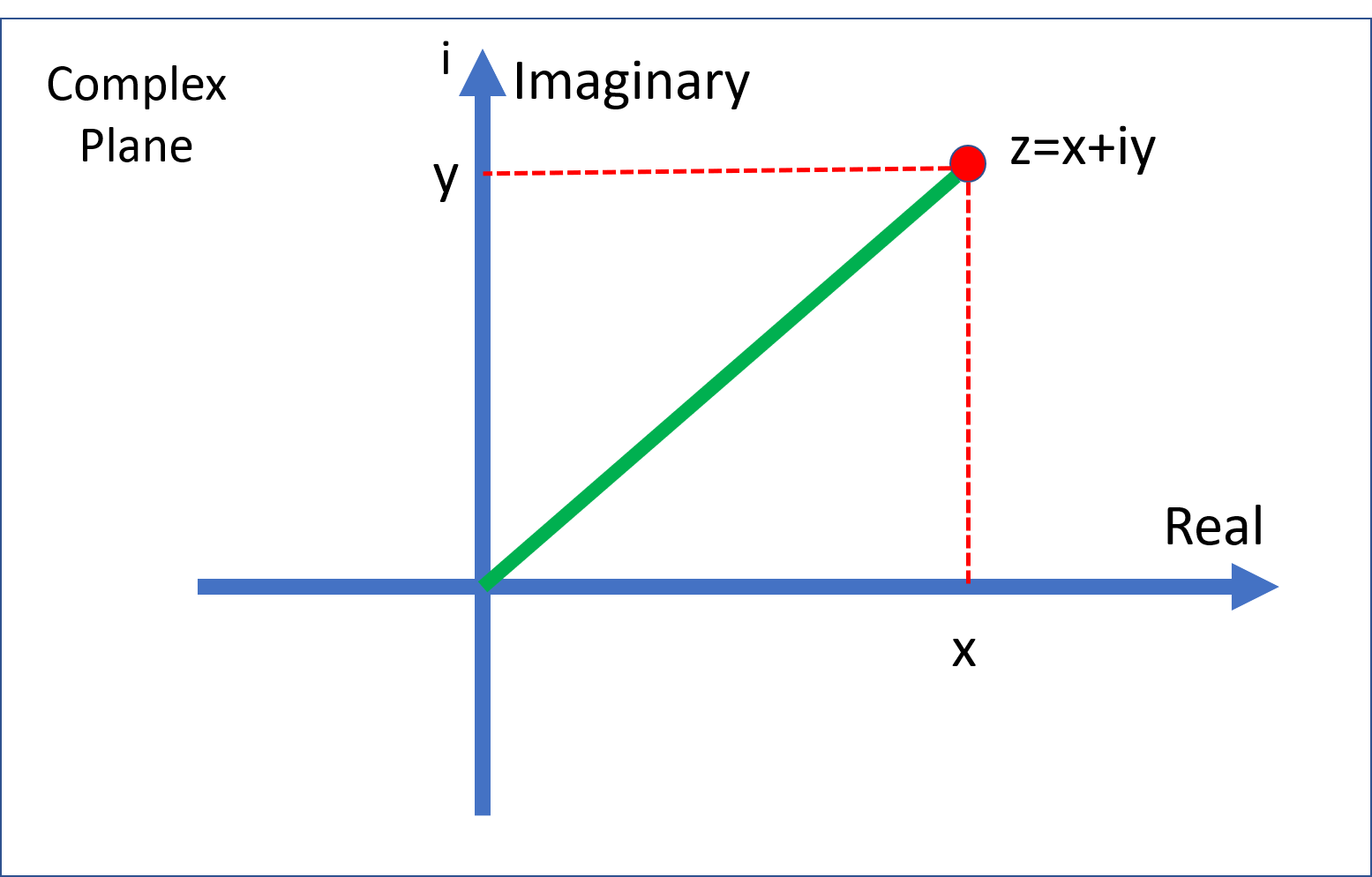Entry #3: 1.2 IVT & Graphing Adjustments Entry #4: 1.3 Infinite Limits, Limits at Infinity & Curve Sketching Entry #5: 1.4 Limit Definition of Derivative Entry #6: 1.5 Limit Laws & The Squeeze Theorem Entry #7: 2.1 Differentiation Rules, Tangent Lines & Rates of Change Entry #8: 2.2 Product Rule, Quotient Rule & Trig Rules. The product rule is used primarily when the function for which one desires the derivative is blatantly the product of two functions, or when the function would be more easily differentiated if looked at as the product of two functions.
- 3.1 Product Ruleap Calculus Formulas
- 3.1 Product Ruleap Calculus Solver
- 3.1 Product Ruleap Calculus 14th Edition
- 3.1 Product Ruleap Calculus Calculator
The Derivative tells us the slope of a function at any point.
Product Rule
The product rule tells us how to differentiate the product of two functions:
(fg)' = fg' + gf'
Note: the little mark ' Site upgrade. means 'Derivative of', and f and g are functions.
Example: What is the derivative of cos(x)sin(x) ?
The Product Rule says:

(fg)' = f g' + f' g

In our case:
3.1 Product Ruleap Calculus Formulas
- f = cos
- g = sin
We know (from Derivative Rules):
- cos(x) = −sin(x)
- sin(x) = cos(x)
So: Unit 3: western religionsmac's history timeline.
3.1 Product Ruleap Calculus Solver
the derivative of cos(x)sin(x) = cos(x)cos(x) − sin(x)sin(x)
= cos2(x) − sin2(x)
Why Does It Work?
When we multiply two functions f(x) and g(x) the result is the area fg:
When we increase x a little, both f and g will change a little also (by Δf and Δg). In this case they both increase making the area bigger.
How much bigger?
Increase in area = fΔg + ΔfΔg + gΔf
As the change in x heads towards zero, the 'ΔfΔg' term also heads to zero, and we get:
(fg)' = fg' + gf'

Alternative Notation

(fg)' = f g' + f' g
In our case:
3.1 Product Ruleap Calculus Formulas
- f = cos
- g = sin
We know (from Derivative Rules):
- cos(x) = −sin(x)
- sin(x) = cos(x)
So: Unit 3: western religionsmac's history timeline.
3.1 Product Ruleap Calculus Solver
the derivative of cos(x)sin(x) = cos(x)cos(x) − sin(x)sin(x)
= cos2(x) − sin2(x)
Why Does It Work?
When we multiply two functions f(x) and g(x) the result is the area fg:
When we increase x a little, both f and g will change a little also (by Δf and Δg). In this case they both increase making the area bigger.
How much bigger?
Increase in area = fΔg + ΔfΔg + gΔf
As the change in x heads towards zero, the 'ΔfΔg' term also heads to zero, and we get:
(fg)' = fg' + gf'
Alternative Notation
An alternative way of writing it (called Leibniz Notation) is:
3.1 Product Ruleap Calculus 14th Edition
ddx(uv) = dudxv + udvdx
Three Functions
3.1 Product Ruleap Calculus Calculator
For three functions multiplied together we get this:
(fgh)' = f'gh + fg'h + fgh'
